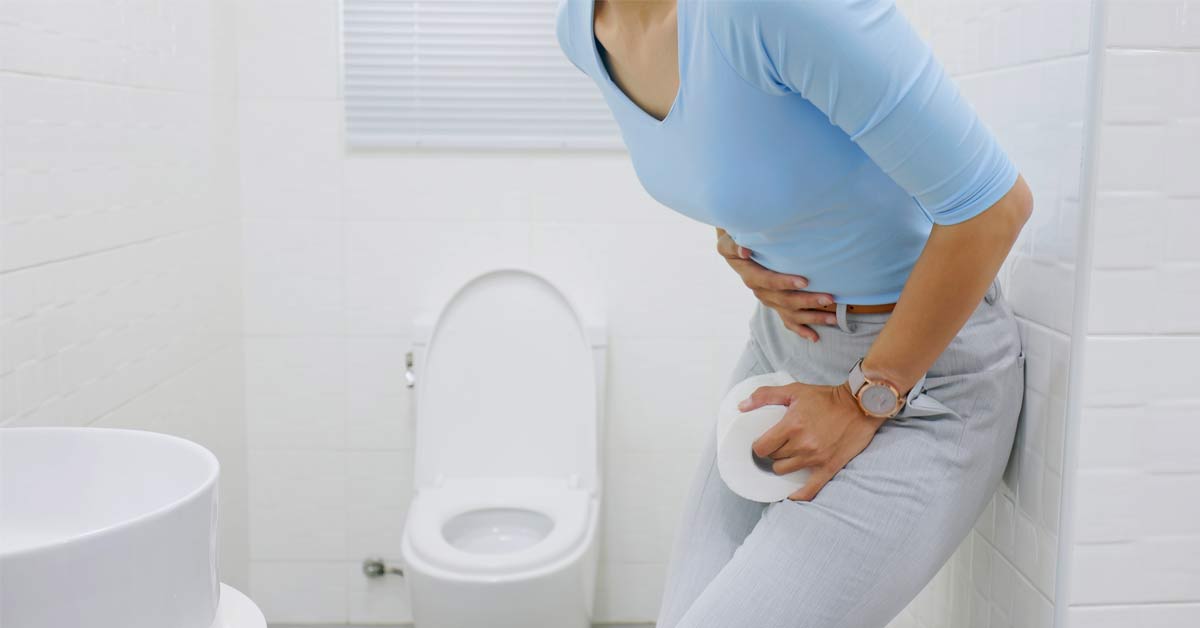
Your bladder's main job is to store urine and release it when you go to the bathroom.
But sometimes it isn't that simple. A combination of bladder problems, symptoms, and struggling to understand what is behind both can be a challenge. When something goes wrong, recognizing signs and knowing when to see a urologist can help.
5 Most Common Bladder Problems Symptoms
1. Urgency
A sudden and overwhelming need to urinate, known as urgency, is a common symptom. This feeling can come on so quickly that it's difficult to make it to the bathroom in time. Urgency often points to an overactive bladder (OAB), but it may also happen due to:
- Urinary tract infections
- Bladder irritation
- Incontinence
When urgency occurs frequently, it can disrupt your work, social life, and sleep, leaving you anxious about when the next episode will happen.
2. Urinary frequency, including nocturia
Having to urinate more often than usual is another common sign of bladder issues. Frequent urination is characterized as going more than eight times in a 24-hour period. Some people also experience nocturia, which is waking up multiple times at night to urinate.
Nocturia is particularly troublesome because it interferes with restful sleep and can lead to chronic daytime fatigue. Causes of frequency and nocturia include:
- Overactive bladder
- Diabetes
- Prostate conditions
- Drinking too much fluid close to bedtime
Regardless of the cause, frequent urination that interrupts your daily routine or sleep deserves medical attention.
3. Leakage
Bladder leakage, or urinary incontinence, can happen to both men and women. There are several types:
- Stress incontinence. Leakage occurs when pressure is placed on the bladder, such as during coughing or exercise. This is common after childbirth or with weakened pelvic floor muscles.
- Urge incontinence. This happens when a sudden, strong urge to urinate is followed by involuntary leakage. Overactive bladder is one of the most common reasons.
- Mixed incontinence. Some people experience both stress and urge incontinence, leading to leakage in multiple situations.
- Overflow incontinence. This condition occurs when the bladder doesn't empty fully, causing constant dribbling or unexpected leakage. It may be related to nerve problems or an enlarged prostate in men.
Leakage is not something you simply have to live with. Many effective treatments are available. Options can be as simple as lifestyle changes and pelvic floor therapy. But there are also medications and minimally invasive procedures that provide symptom relief.
4. Pain or dysuria
Painful urination, also called dysuria, is another symptom that signals something is wrong. Pain can feel like burning, stinging, or discomfort during urination.
Dysuria is most often linked to urinary tract infections. But it can also indicate bladder stones, inflammation, or even bladder cancer. While many people dismiss mild burning as a temporary irritation, persistent or severe pain should never be ignored.
5. Blood in the urine or hematuria
Hematuria may turn urine pink, red, or dark brown, but sometimes it is microscopic and only detected during testing. The causes can range from relatively minor issues like urinary tract infections or kidney stones to more serious conditions, including bladder cancer or kidney cancer. Even a single episode of visible blood in the urine should be examined further.
When to See a Urologist for Bladder Problems Symptoms
If you experience urgency, frequency, leakage, pain, or blood in the urine, a urologist can help determine the cause of your bladder problems. Symptoms, along with further testing, will help uncover the issue. These tests may include a physical exam, urine tests, imaging, or specialized studies of bladder function. Once a diagnosis is made, your doctor can recommend the appropriate treatment, so you can get your life back.
Don't continue to live with bladder problems symptoms - schedule an appointment today!
Related:
- 9 Bladder Conditions You Should Know About
- 8 Reasons Men Over 40 See Urologists
- Sudden Urge To Pee? It Could Be Overactive Bladder
- Overactive Bladder Symptoms: How to Identify Them
